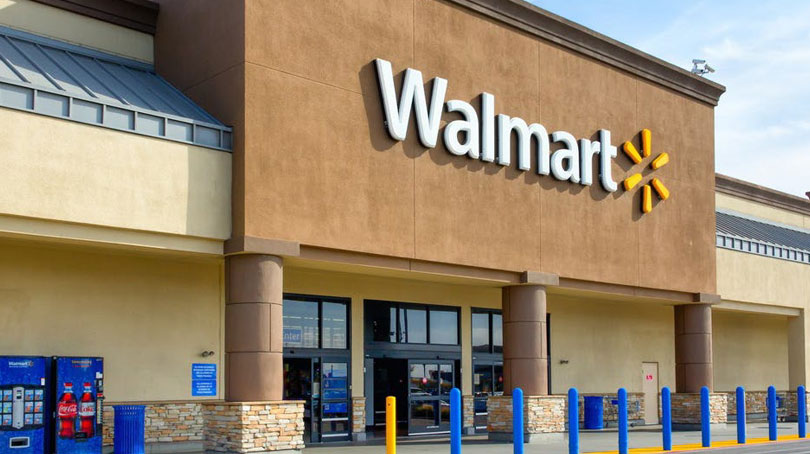
Walmart rolled out its third-party marketplace to foreign sellers, who no longer need a U.S. address or business tax identification for trading. Walmart Inc. has removed rules requiring sellers on its marketplace website to be registered in the U.S. — an attempt to close the e-commerce gap with Amazon.com Inc. and tap into China’s vast network of manufacturers.
Walmart is looking to expand its marketplace, where suppliers can offer their products via its website and its allied services, like fulfillment and advertising. For retailers, marketplaces are attractive because they provide revenue from fees without the cost of storing inventory. Last year, Walmart began offering fulfillment services for its marketplace sellers, a move that Amazon made 15 years ago. Sellers can also purchase advertising on Walmart’s websites, supporting the company’s new Walmart Connect media platform. The vendors still will be carefully vetted, both locally and by Walmart’s global trust and safety team, to prevent the listing of unsavory items. The new sellers will make up just a fraction of Walmart’s total seller population, which is mainly based in the U.S.
Chief Executive Officer Doug McMillon has said that Walmart’s marketplace business is a “huge opportunity” for the retailer. In February 2020, he told investors that Walmart would make a “greater push” to expand new services like fulfillment. “We have strong relationships with many reputable companies around the world, and we have some of the most rigorous seller requirements in the industry,” Walmart said in an emailed statement. “As a result, we are opening our U.S. marketplace to a limited number of international companies who share our commitment to customer trust and safety.”
Hurdles in the Way
However, the opening of the doors poses several risk factors as well. Walmart’s marketplace has faced flak for carrying offensive items that hurt sentiments for certain segments of society. A while back, Walmart had to take down about 20 million items off its marketplace as it failed to meet its quality standards. AS opposed to the Amazon’s marketplace, which is open to anyone who registers, Walmart is invite-only, allowing the company to vet its sellers. Walmart has also made deals with Shopify Inc. and BigCommerce Inc. over the past year to widen its reach.
Rise of the Chinese Manufacturers
Chinese manufactures have tapped into the American customer base by reaching out to them through online marketplaces. According to researcher Marketplace Pulse, Chinese merchants represented 75% of new Amazon marketplace sellers, an increase from 47% a year earlier.
Walmart also foresees this same trend to be replicated in their online marketplace as well.
“This will get Walmart more selection, more affordable goods that already dominate Amazon best-sellers lists,” said JuozasKaziukenas, founder and CEO of Marketplace Pulse. “To an investor, that reads as positive news.”
Amazon vs. Walmart
More than 60% of the $532 billion global shoppers will spend on Amazon this year will go to marketplace merchants, according to researcher eMarketer. Amazon charges a commission — typically 15% — on each transaction plus additional warehouse storage, packing, and delivery fees. Amazon also charges its marketplace merchants to advertise on the popular website. Amazon’s advertising business will grow 30% this year to reach $23 billion in sales, according to eMarketer.
Walmart doesn’t disclose how many marketplace sellers it has, but Marketplace Pulse pegs it at about 80,000. Walmart carries more than 80 million unique items online. Not all of the new vendors will be based in China. While the company is opening up its marketplace to international sellers, it’s also making a push to stock more U.S.-made products in its aisles. Walmart Inc. ranks No. 3 on the Transport Topics Top 100 list of the largest private carriers in North America.
Source: www.ttnews.com